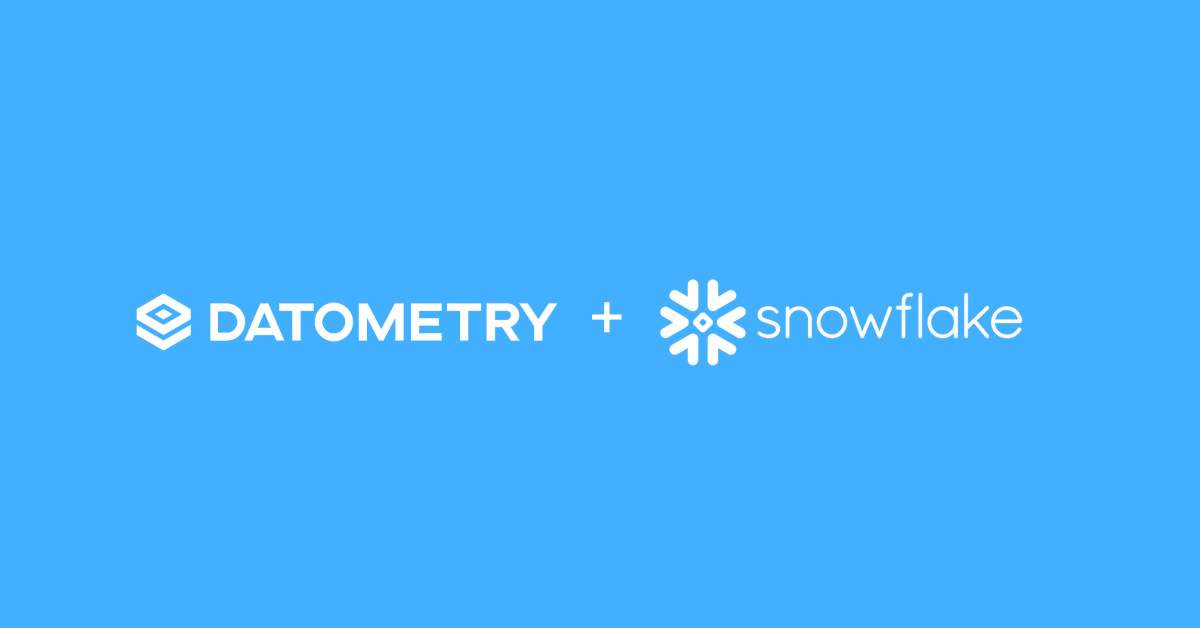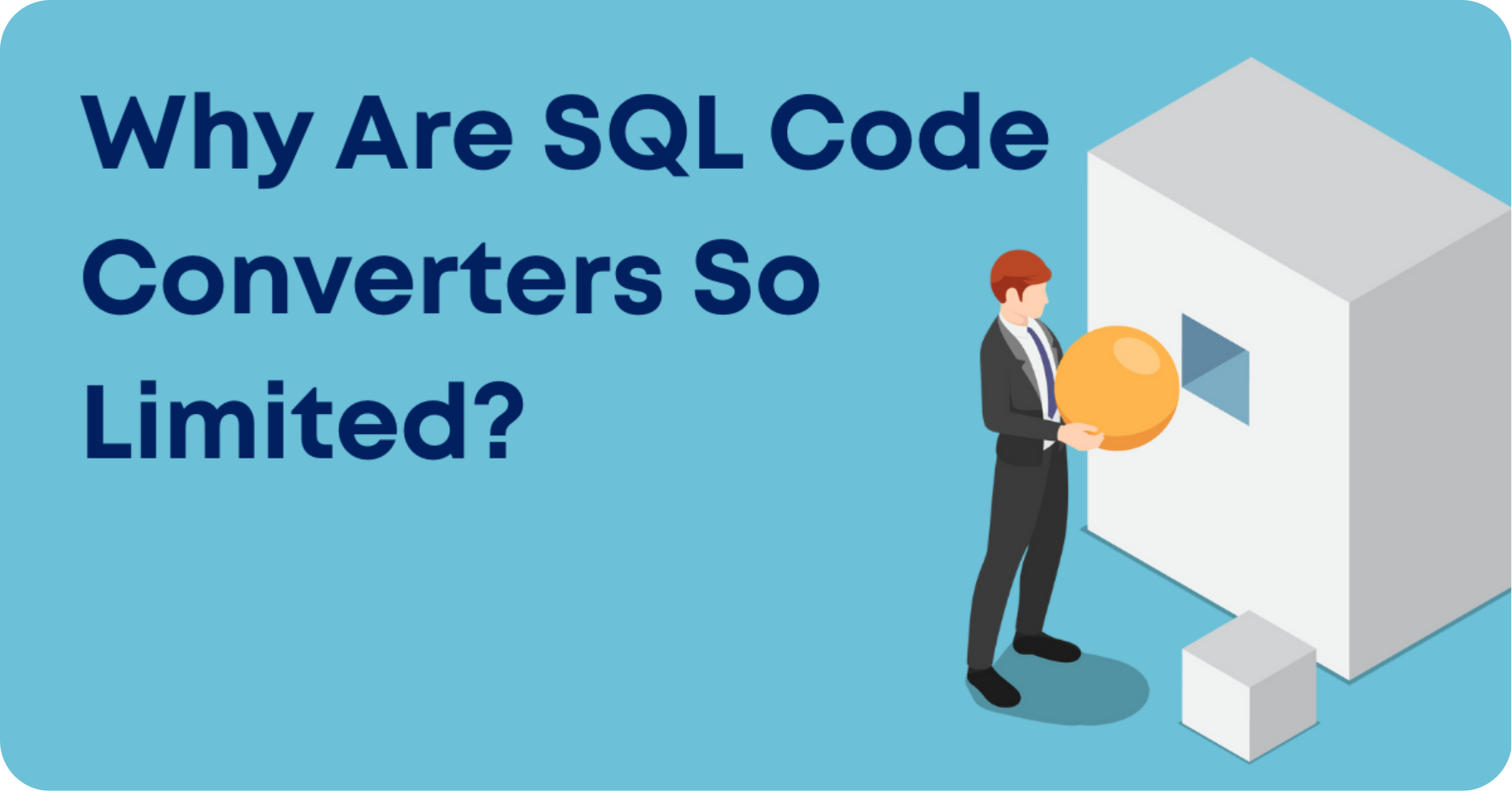This article was originally published in The New Stack
In the age of public cloud, shouldn’t vendor lock-in be a thing of the past? Every other discipline in IT has been transformed in the past 20 years by virtualization. From storage and compute to networking, virtualization has revolutionized the space. And then there’s database. Database is not only one of the oldest branches of IT, but also one of the last bastions of vendor lock-in.
How strong is the grip of legacy database vendors? Frank Slootman, CEO of Snowflake, admitted on a recent earnings call, “It’s not that easy to pick up that workload and move it as it costs a lot of money. [Teradata have] done a good job making it bloody hard.” Slootman is certainly not one to play the vulnerability card easily.
The reasons for this vexing lock-in are twofold. First, workloads on legacy systems are demanding and anybody who wants to replace these systems needs to have a strong alternative. The other is the simple fact that rewriting applications to make them work with a new database is an excruciating exercise with sorely inadequate tooling until now.
A new discipline of virtualization, however, has the potential to level the playing field. By virtualizing the database — not the data, and not the hardware on which it runs — applications can run on different databases without having to change their SQL or API calls.
Virtualization has been the big equalizer in IT. Here’s how it can break the lock-in on databases. Read the full article here.
About Mike Waas, CEO Datometry
Mike Waas founded Datometry with the vision of redefining enterprise data management. In the past, Mike held key engineering positions at Microsoft, Amazon, Greenplum, EMC, and Pivotal. He earned an M.S. in Computer Science from the University of Passau, Germany, and a Ph.D. in Computer Science from the University of Amsterdam, The Netherlands. Mike has co-authored over 35 peer-reviewed publications and has 20+ patents on data management to his name.


